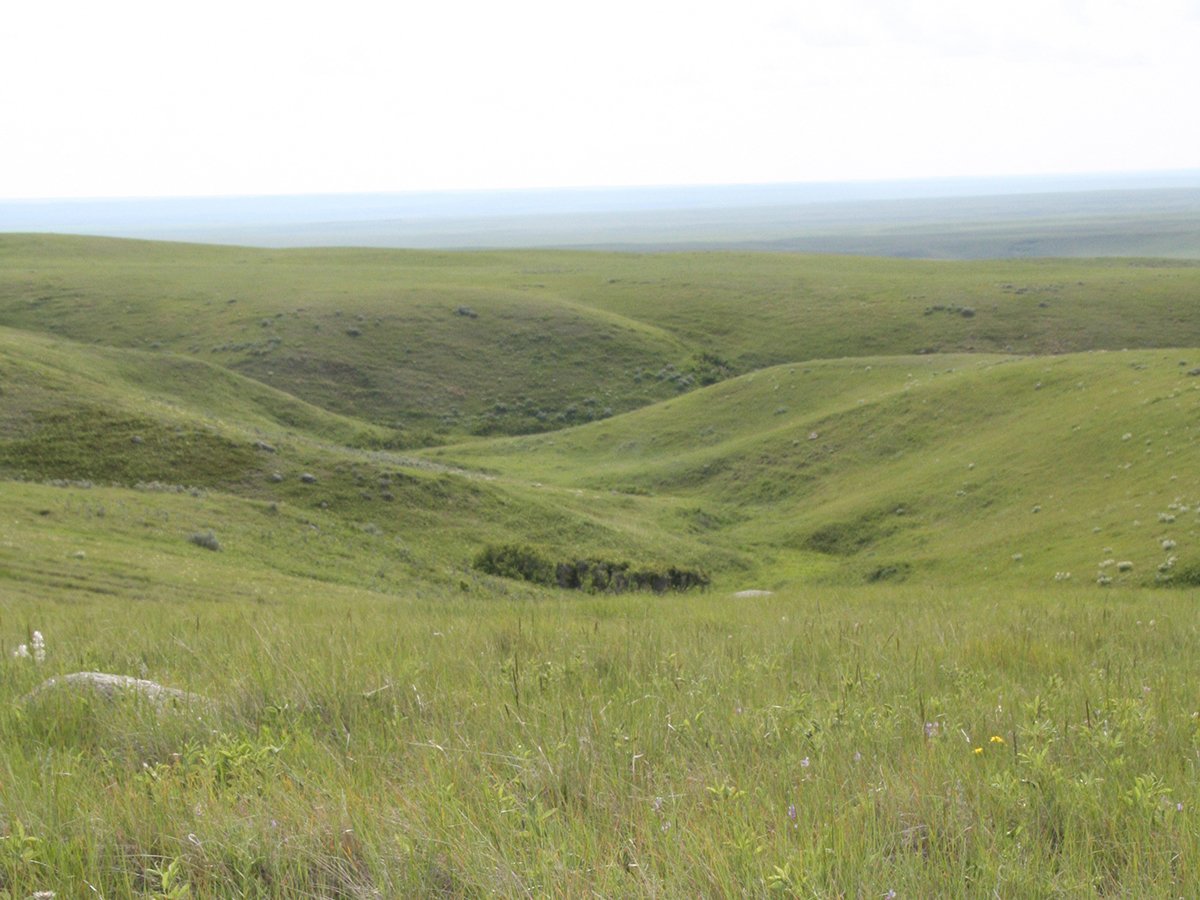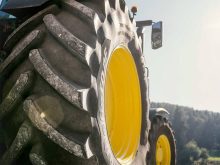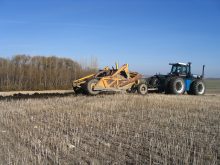With generally smaller fields and different road transport requirements dominating agricultural practices in Europe, farmers there have traditionally logged a lot more road miles on their tractors than North American producers.
That unique demand led engineers at Bridgestone to create the VT line of tractor tires, which were better able to handle the high number of road miles while still performing well in the field.
“Here, as farms are getting bigger and bigger, you’re seeing a lot more roading, field to field,” says Bill Durivage, Bridgestone’s ag product strategy manager.
Read Also

Alberta irrigation project on grasslands approved
Environmental concerns raised by Alberta conservation groups over irrigation expansion project within rural municipality
“So with the Bridgestone lineup they had over in Europe, it was designed with that in mind with a better wearing compound, improved lug design, more robust lugs. So we were able to leverage those products as part of our new global integration and bring those products here to North America.
“The first VT line was actually launched in 2014. The European team created this design to capture the needs of the European market, where you have a lot more roading. Wear life and ride comfort are much more critical in that market.”
The VT tires have now made their debut on this continent. Bridgestone officially introduced them at the U.S. Farm Progress Show in late August.
A key design feature is what the company calls the “Involute” tread pattern, which uses a convex face on the lugs. That provides more surface area to contact the soil and allows the lug to lift out of the ground without pushing dirt rearward. That significantly reduces rolling resistance.
The company also introduced the VX and VXR tire line at the same time. While the VT tires use VF (Very High Flexion) technology, the VX and VXR are standard radials, but they do get the same more durable rubber compound and improved tread design, although with deeper lugs.
“VT and VX are designed for high-horsepower tractors, and VXR is designed for lower-horsepower tractors, kind of the little brother of the two,” says Durivage.
“It has the same design features, but it’s available in smaller sizes.
“The key differentiating feature for the VXR is the ultra wide design. The tread width is the same dimension as the nominal section width of the tire. Because these tires are smaller, they have less tread volume compared to a larger higher-horsepower tractor tire. So we maximized the width of that tread arc to get more rubber into the tread itself to improve wear life.”
Bridgestone has been the company behind the Firestone brand of agricultural tires since it acquired Firestone in 1988.
“Firestone will still be the bread and butter of our business, and it works for most North American farmers,” says Durivage.
“But for those operations trying to get a little bit more life out of the tires because they do a lot more roading and things like that, we’ll have this Bridgestone solution for them.”
Firestone dealers will retail the new Bridgestones, which are now available in a wide variety of metric sizes.
“We have 41 available now and more coming in 2026,” he adds.
“We’re going to expand the lineup. This whole portfolio is really designed around delivering longer wear life and better ride comfort compared to the competition.”


















